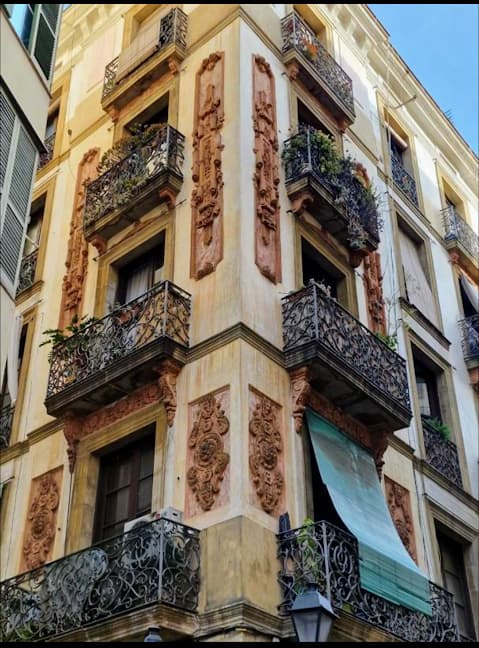The PATRICK Guide to Barcelona’s El Raval
THANK YOU for purchasing this Guide and supporting my content!
What is El Raval?
The Raval is the city's most diverse area with more than half of the local population coming from outside of Spain as a whole. That's very representative of the neighborhood's history. The Raval has always been a place 'outside' of the city. In fact the are was brought inside the city walls in the 14th century, adding some much needed space south of La Rambla streaching towards Montjuïc. The name Raval comes from the Arabic 'rabat', or, "outside the walls".
The new area of the city had space required for many of the church buildings and larger pieces of land needing protection within the walls. In the 18th and 19th centuries, that space turned in factories and housed many workers moving tot he city for work. It became incredibly dense in population and a big distinction between classes could be seen. Prostitution, crime, anarchism ran about, while the bougeouise still owned houses in the area.
At the beginning of the 20th century and with the economic success Barcelona expereicned as a ruslt of the First World War, the proximity to the port and the partying in the area (incombination with the preciously mentioned activities), gave the Raval the nickname the Barrio Chino.
Today there are still many problems with housing and crime, to name a few, but the area also holds a lot of cultural offerings. It's a misunderstood area tha tmost tourists here they shouldn't visit, or avoid altogether when visiting the city.

📩 This is my guide to Barcelona’s El Raval. For some of the top things to do all around the city, Download my FREE Top 5 Guide to Barcelona!
